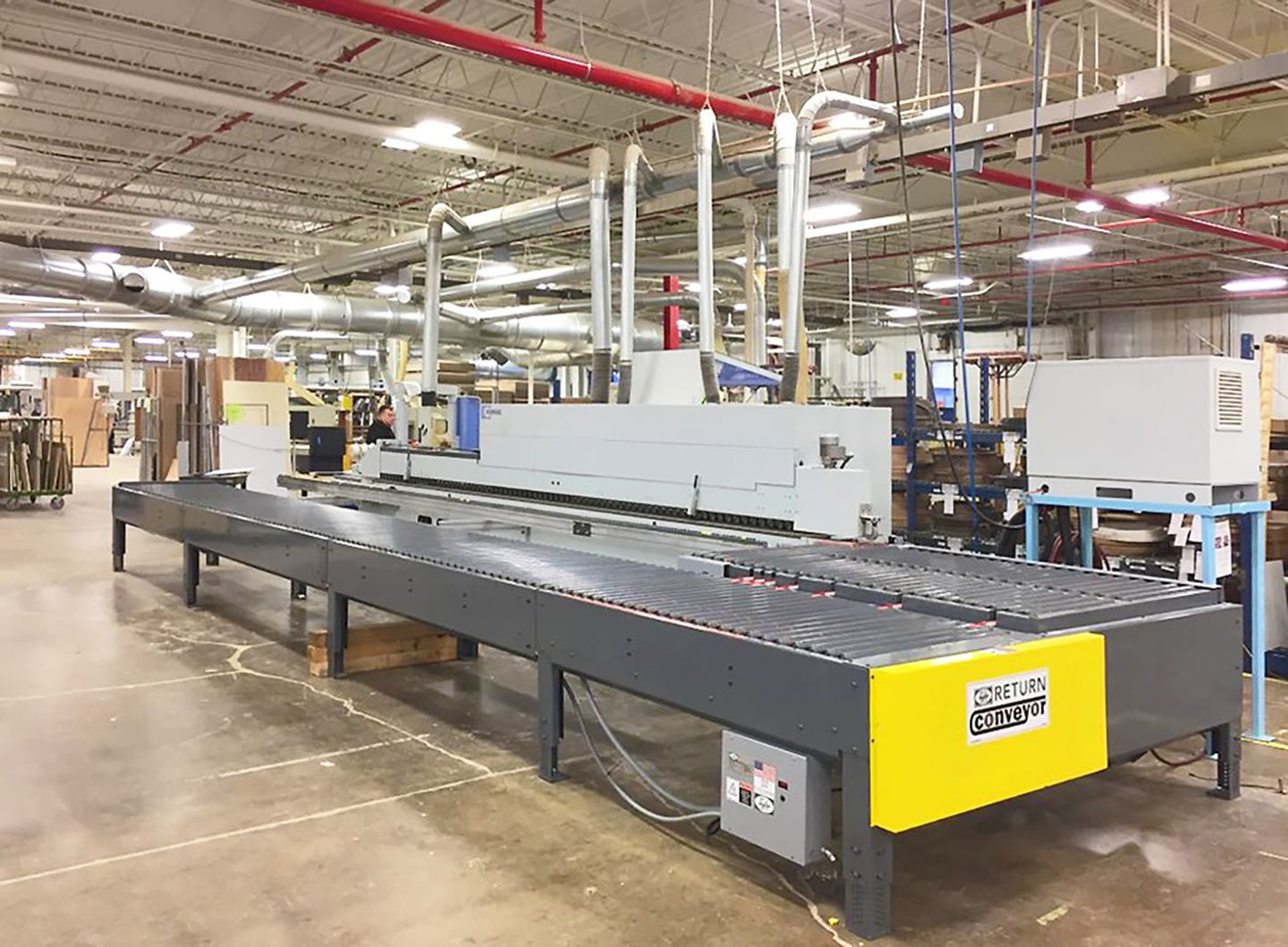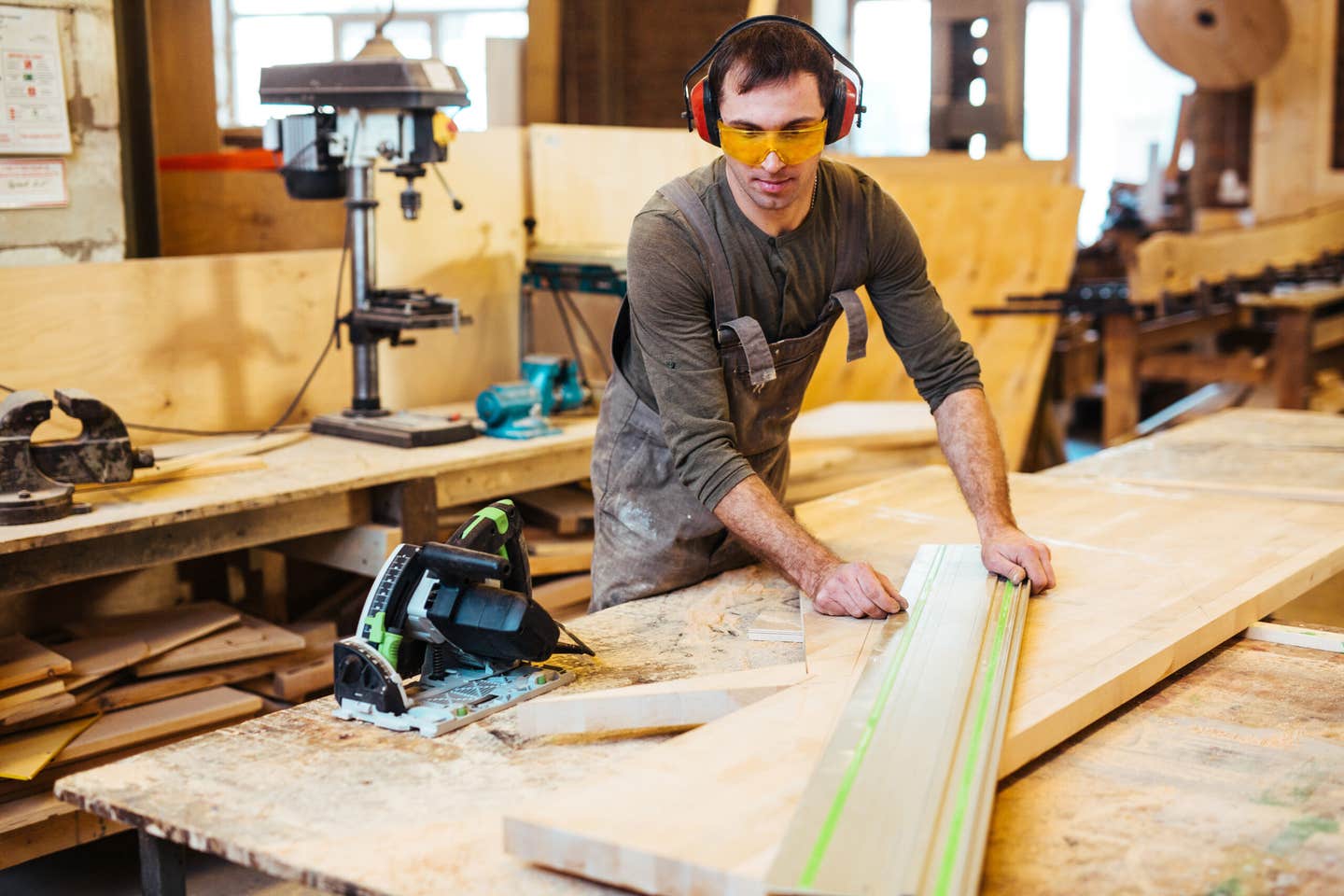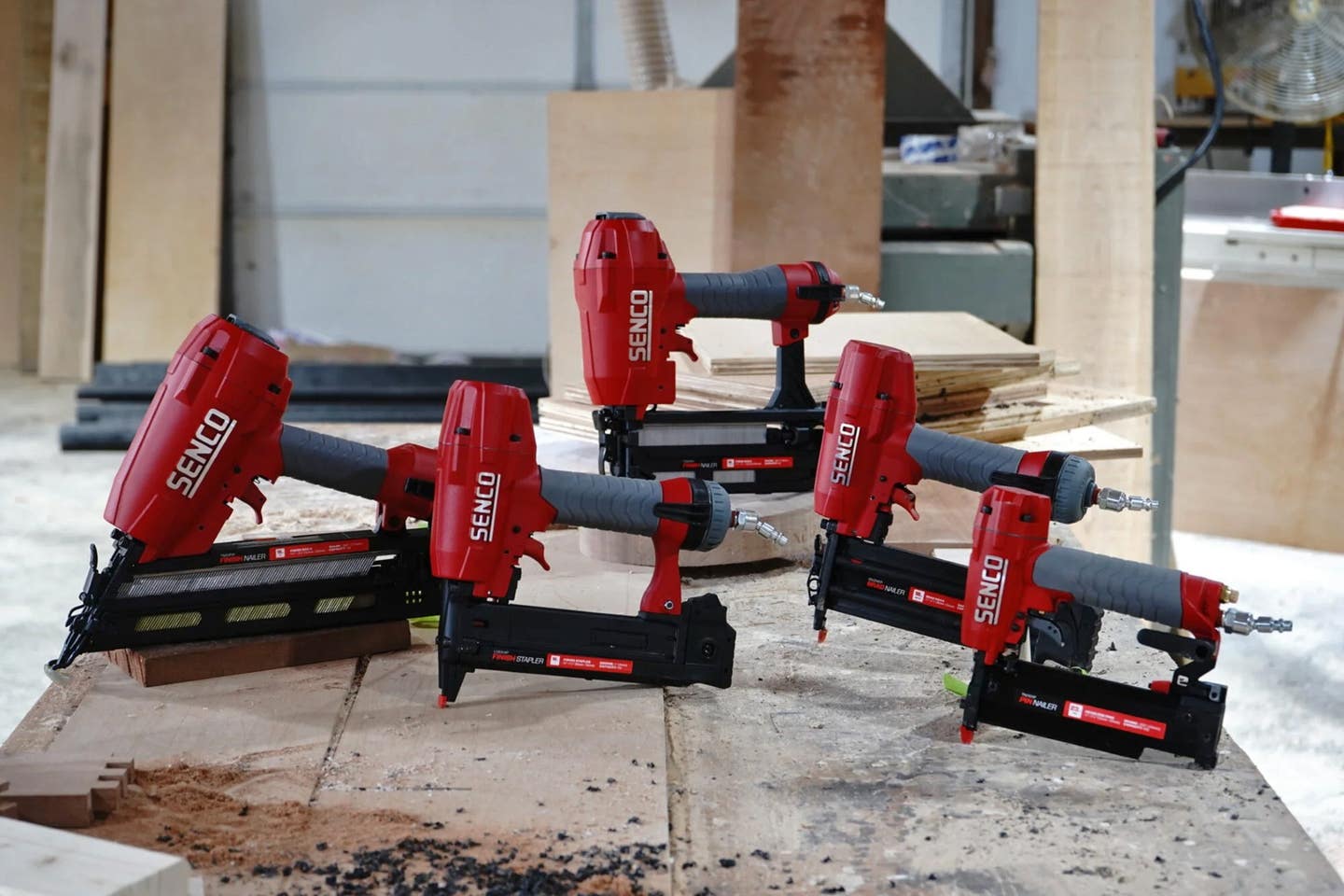Don’t get left back
Shops that want to stay ahead of the curve should take advantage of learning opportunities.
About 300 years ago the British poet Alexander Pope claimed that “a little learning is a dangerous thing”. His point, of course, was that folks who gain a small amount of knowledge in one area sometimes believe that they’re more of an expert than they really are, and that false confidence can lead to questionable and sometimes disastrous decisions. While his observation is unquestionably sound when it comes to politics and affairs of state, it probably doesn’t ring quite as true in a woodshop. Almost any learning improves our machine, hand tool and computer skills, and few lessons are ever wasted – even the ones that we learn from mistakes.
So, do you need to send your employees to school? How about sending yourself?
Not everyone thinks so. Traditionally, woodworking has been a craft and a trade that has been learned on the job, either through formal or informal apprenticeship. While degrees in design and engineering have most certainly helped move things along, the occupation itself has always been far more practical than academic.
According to College Factual, a company in Troy, N.Y. that advises potential college applicants about courses, degrees and financing, the most common level of education in woodworking is a high school diploma or equivalent, with approximately 55 percent of woodworkers getting one. Some 20 percent of the workers whom they surveyed don’t even have that, and another 20 percent have some level of post-secondary certification that is not conferred by a university. Only 3.8 percent have some college courses, while just under 1 percent hold a two-year degree.
Those may sound like abysmal numbers until one takes a closer look.
The industry has changed dramatically over the past two decades and many employees who were once categorized as woodworkers are now ‘machine operators’ who run CNC equipment. Other have retreated to offices where they design in CAD and devise CAM solutions. Many of those workers do hold two- or four-year degrees, but they’re no longer classified as woodworkers. Secondly, the survey doesn’t include technical courses such as those run by solid surface manufacturers, or online CNC instruction, or a host of other opportunities that are available to employees outside the strict parameters of a college classroom. To statisticians, the woodworker category seemingly just includes those who are working with traditional machinery, hand tools and natural materials. For example, the U.S. Bureau of Labor Statistics describes woodworkers as people who “manufacture a variety of products such as cabinets and furniture, using wood, veneers, and laminates.”
The Bureau does, however, acknowledge that things are changing. It says that “a high school diploma or equivalent is typically required to become a woodworker. Although some entry-level jobs can be learned in less than one year, becoming fully proficient generally takes several years of on-the-job training. The ability to use computer-controlled machinery is becoming increasingly important.”
So, should we send employees off to school to learn traditional woodworking, or should they be gaining new CAD, CAM and robotic skills? Should we favor craft or technology?
The answer, of course, is both. A CAD designer who doesn’t know much about wood movement, strong joinery, coatings or myriad other factors can’t make very informed decisions. A CNC operator who doesn’t understand how wood behaves won’t be able to fixture or machine to an elevated degree. And a woodshop owner who declines the opportunity to explore CNC manufacturing and robotics may be destined to become a quaint fossil in the increasingly sophisticated global economy.
Types of classes
What do you build?
The answer to that will determine the kind of education that delivers the most return on investment. Most woodworking shops feel the need for education only when they add a CNC to traditional machinery, or upgrade to a multi-axis machine, or are asked to build something that stretches the envelope.
It pays to be careful about course descriptions when shopping for instruction, because something that looks like the best answer may not really be what you need.
There are several community colleges and universities that list courses and degree programs as being in fine woodworking and/or furniture design. Here, students learn mostly about hardwoods, joinery and veneering. Then there are colleges that offer cabinetmaking courses, and those often concentrate on traditional mortise and tenon construction with free-floating panels – more furniture than casework. While solid wood skills are highly valuable in a custom furniture shop, they don’t translate as well for mass production. There, the shop needs to expose employees to design and production software, hidden connectors and contemporary sheet goods.
The ideal solution is to find an institution that covers both ends of the spectrum. For example, Red Rocks Community College has a couple of campuses in the Denver metro area, and its Fine Woodworking Department (rrcc.edu/fine-woodworking) offers three programs – traditional woodworking, advanced woodworking technology, and lutherie. The advanced program teaches students how to incorporate computer-aided technologies to accomplish their woodworking projects. Students learn how to create 3D renderings, produce intricate parts and replicate furniture components, all in a production mode. No prior woodworking experience is required and students can take single classes or sign up for a full certificate program.
A lot of colleges teach a more general, metal-based curriculum that may not be very appropriate in a cabinet shop. Again, read and re-read the course descriptions. Also note that the design software packages may be in a program that your shop doesn’t use, and it’s worth investigating if that will be a problem.
Online courses work well for CNC programming, CAD design and instruction in subjects such as inventory and management software, but there’s no virtual substitute for hands-on experience with woodworking equipment. There’s a big difference between physically setting up and operating a machine or just sitting at a computer to theorize about it. Both skills are valuable but finding a workable and practical mix is essential.
The best option may be to send an employee to a short course, and then bolster the hands-on experience when they get back with supplemental online instruction. For example, a general CAD or machine operating course could be followed up with virtual instruction from the manufacturer of the woodshop’s CNC.
Resources
Universities, colleges and machine manufacturers are all great places to start looking for instruction, as are trade shows and associations. Among the more familiar industry groups are the WMMA, AWFS, IWF, Stairbuilders & Manufacturers’ Association, and Architectural Woodwork Institute. Many of the professional associations either conduct educational courses or sponsor them for member woodshops and their employees.
Among the more formal institutional educators is Cerritos College in Norwalk, Calif. (cerritos.edu), where students can find a very wide range of certificate and associate degree programs in subject areas such as Woodworking Manufacturing Technologies, CNC Woodworking, and Architectural CAD.
Also in California, the Krenov School at Mendocino College (thekrenovschool.org, formerly part of the College of the Redwoods) offers a nine-month program in fine cabinet and furniture making, and also conducts workshops that last a few days or weeks each summer. They address topics such as hand tool joinery, traditional machines, and design.
Tennessee Tech in Cookeville, Tenn. (tntech.edu) and offers a Bachelor of Fine Arts degree with a concentration in wood. This program offers a strong foundation in woodworking and furniture making and is designed to prepare the student to become a fine artist. Areas covered include tables, cabinets, chairs, joinery, bending, shaping, finishing, veneer, inlay, structure, production, technical drawing and hand tools.
Located in Manchester, Conn., the Connecticut Valley School of Woodworking (schoolofwoodworking.com) is run by Bob Van Dyke and offers a wide range of hands-on woodworking classes for all skill levels.
Purchase College (part of the State University of New York, online at purchase.edu) offers woodworking and turning courses.
Tom McLaughlin runs Epic Woodworking in Canterbury, N.H. (epicwoodworking.com) where he offers both online and hands-on traditional woodworking classes.
The Marc Adams School of Woodworking (marcadams.com) operates out of a 40,000-sq.-ft. facility in North Franklin, Ind. The course catalog includes joinery, turning, finishing, cabinetmaking, carving, furniture making and hand tool use, among other offerings.
Rosewood Studio in Alberta, Canada (rosewoodstudio.com) offers courses that last from a few days to several weeks. The syllabus includes courses such as Excellence with Hand Tools, Mastering Machinery, and Studio Veneering Techniques.
Alpine’s technical workshops (alpineworkshops.com) cover solid wood joinery and at a fully operational window and door production shop in Ouray, Colo.
Also in Colorado, The MiLL (Manufacturing Industry Learning Lab, online at themillco.org) is a massive group effort between school districts, professionals, and industry partners. It offers professional certification in lean manufacturing techniques, using the industry’s most sophisticated machinery.
For more information, there’s an interactive map showing woodworking classes nationwide at woodezine.com/education.







